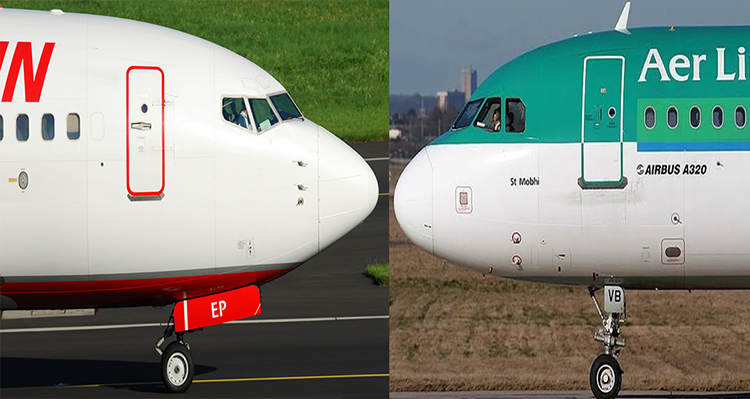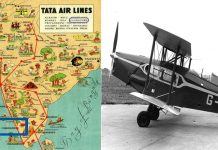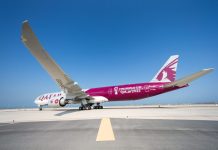How can we find out whether a plane is a Boeing or an Airbus?
You can easily find out the difference between a Boeing and an Airbus aircraft, by just looking at the Nose shape and Cockpit Windows.
Nose shape— All Airbus air crafts have rounded nose. All Boeing aircrafts have have the pointed nose. The Boeing 737 has a pointed nose shape, whereas the Airbus A320 has a round-shape nose. This is the most common differences, mentioned in most of the answers.
Cockpit Windows— Closely look at the cockpit Windows of both the aircrafts. Airbus cockpit Windows are flattened at the bottom, whereas, Boeing cockpit Windows are Triangled-shaped at the bottom.
LET US TAKE AN EXAMPLE— The Airbus A320 and the Boeing 737 , both are mid sized, twin jet narrow body aircrafts. They have many visual differences that makes them different from each other, while on the ground.

Airbus is a popular aircraft manufacturing that is a subsidiary of EADS, a European aerospace company. The company is based in Blagnac, France. The Boeing Company is multinational Aerospace Company and Defense Corporation that has its roots in the United States. It was founded by William E. Boeing in 1916. The difference also lies in the front of the planes. Airbus planes have a curved and rounded nose, while the Boeing planes are round but slightly pointed. Similarly, the cockpit windows are also different; Airbus planes have more square windows that are in a straight line to the body of the plane. Boeing has designed the windows in a slight ‘v’ shape, which cuts of the windows’ corners to create a different shape.
The Boeing Company is multinational Aerospace Company and Defense Corporation that has its roots in the United States. It was founded by William E. Boeing in 1916 in Washington. In 1997, the company merged with McDonnell Douglas in an attempt to expand ties and business. The Boeing Company is made up of multiple divisions: Boeing Commercial Airplanes (BCA); Boeing Defense, Space & Security (BDS); Engineering, Operations & Technology; Boeing Capital; and Boeing Shared Services Group. It is one of the largest global aircraft manufacturers and the second-largest aerospace and defense contractor in the world in 2011. William Boeing, a veteran in the timber industry, used his knowledge of wood to design and build airplanes. The company received its major order when it approached the US government to provide it sea planes during World War I.

Both the companies have become synonymous with airplanes and together they deliver the most airplanes, with major airline companies running their planes. There are also major difference between the companies’ planes and how they are designed. The easiest way to tell the planes apart is by checking the lower half of the body for the company’s name. It should usually mention if it is a Boeing or an Airbus. Another difference also lies in the front of the planes. Airbus planes have a curved and rounded nose, while the Boeing planes are round but slightly pointed. Similarly, the cockpit windows are also different; Airbus planes have more square windows that are in a straight line to the body of the plane. Boeing has designed the windows in a slight ‘v’ shape, which cuts of the windows’ corners to create a different shape.
Other differences include engine placement, where Airbus generally places the engines under the wings, while Boeing mounts them on the forward of the wing. However, this placement changes depending on the design of the planes. One major difference is the electronics that is used in the planes. Airbus planes are controlled using sidestick, this is similar to a joystick that is used to play computer games. Boeing uses a central yoke and has a steering wheel design that is used as the main controller. Airbus also has incorporated hard protection using the fly by wire systems. This means that system of the planes cannot be overrun. The pilot cannot assume full control of the system and do something drastic such as stall it, overstress the airframe, etc. In Boeing, the pilot can perform all these functions by simply overriding the pilot system. The controls in Boeing also have feedback or feels, which are missing in Airbus controls. Boeings can be stalled, flown beyond airframe limits, etc. if the pilot ignores warnings.
There are of course more planes but I wanted to go through the popular Boeing and Airbus planes that make up all of your mid to long haul flights, and most of your regional and short flights. These are the ways that I learned to tell the difference between planes and if you can keep it all straight, I imagine it will work for you as well.



















